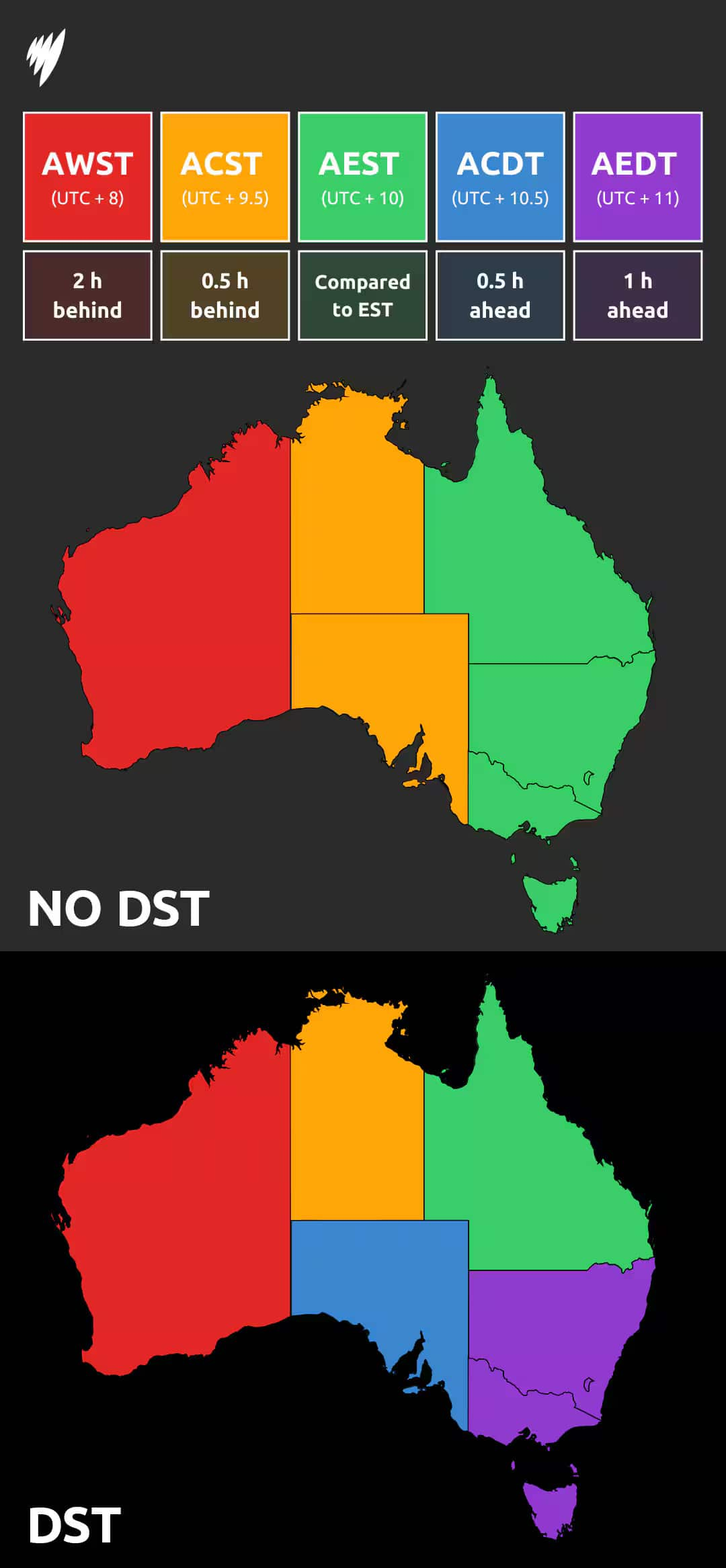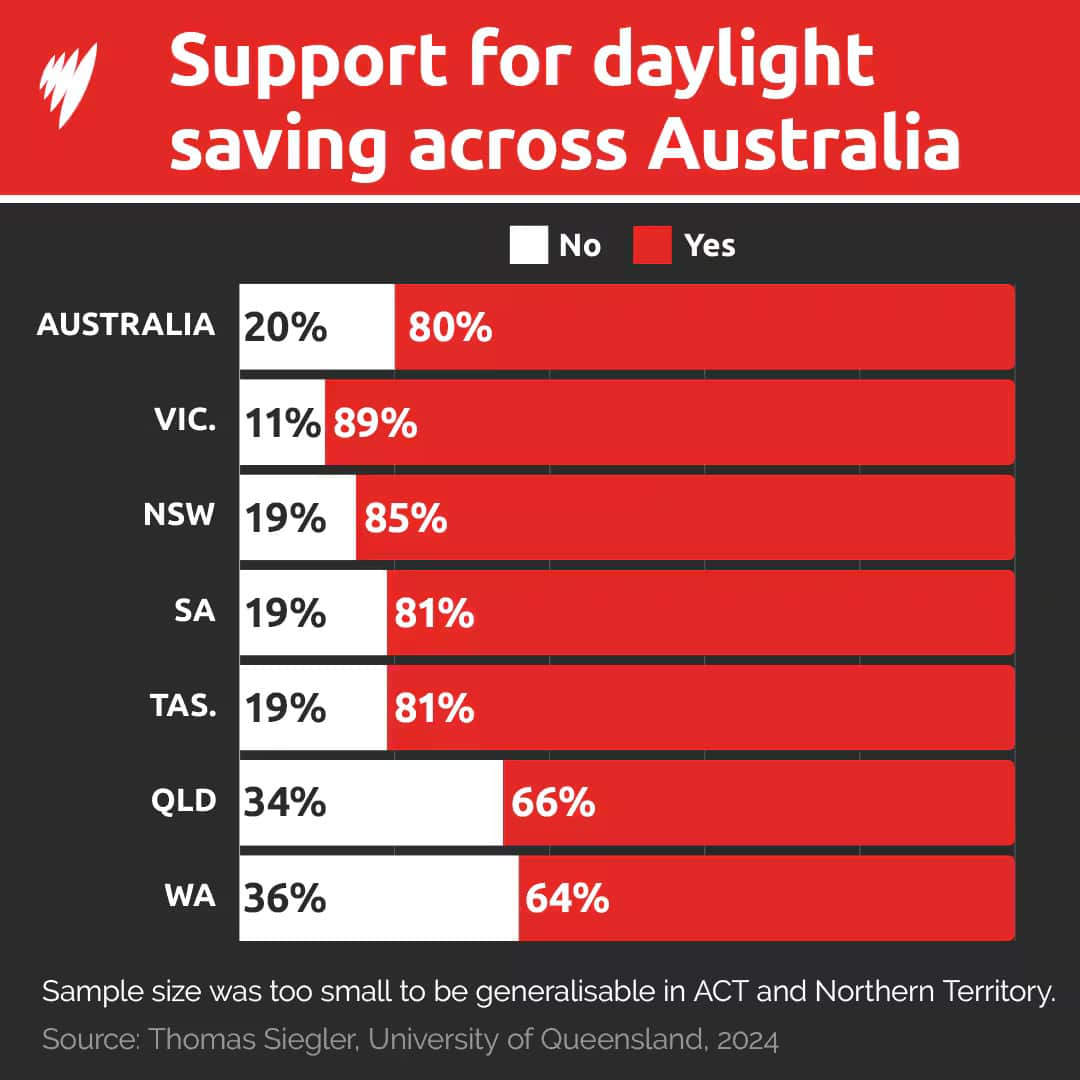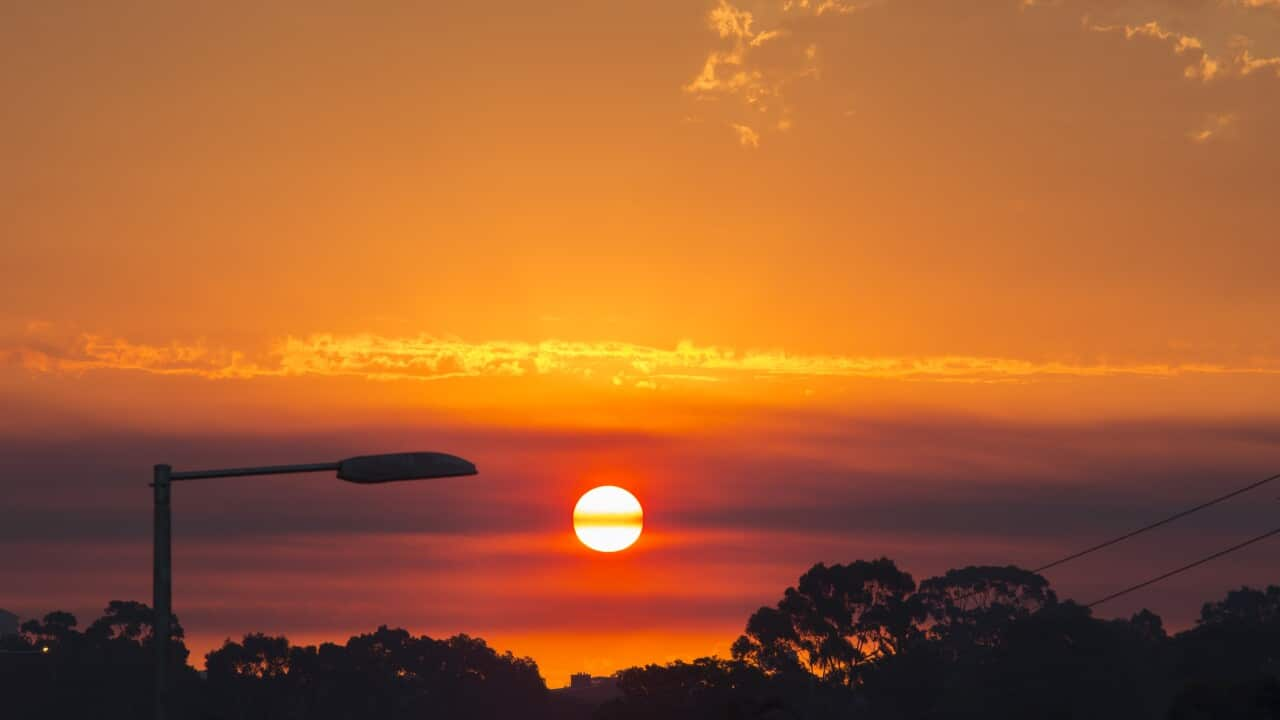Here’s everything you need to know about daylight saving ending this weekend.
When does daylight saving end?
Clocks will roll back one hour to 2am, meaning some Australians will gain an extra hour of sleep. Essentially, the hour between 2am and 3am will repeat itself, extending the night by one hour.
From this Sunday, mornings will be brighter, as the sun will rise earlier due to the clock adjustment.
Why does daylight saving exist?
“The effect of DST becomes less as you move towards the equator, which is presumably why Queensland decided not to adopt daylight saving.”

After daylight saving time ends, Australia effectively loses two of its time zones. Source: SBS News
Which states and territories observe daylight saving?
Daylight saving time is observed in:
- NSW
- Victoria
- South Australia
- Tasmania
- ACT
- Norfolk Island
The following states and territories do not observe daylight savings:
- Queensland
- Western Australia
- Northern Territory
- Christmas Island
- Cocos (Keeling) Islands
“In a large geographically and climatically diverse country, one size does not necessarily fit all,” Bedding said, explaining why states and territories closer to the equator typically opt out of daylight saving.
How do the time zones change?
When daylight saving ends, Australia effectively loses two of its five time zones. Here’s how it will look from 6 April:
- Queensland, NSW, ACT, Victoria and Tasmania will be in Australian Eastern Standard Time (AEST).
- Northern Territory, South Australia and Broken Hill (NSW) will be in Australian Central Standard Time (ACST), which is half an hour behind AEST.
- Western Australia will remain on Australian Western Standard Time (AWST), which is two hours behind AEST and 1.5 hours behind ACST.

A 2024 survey found overwhelming support for daylight saving across Australia. Source: SBS News
